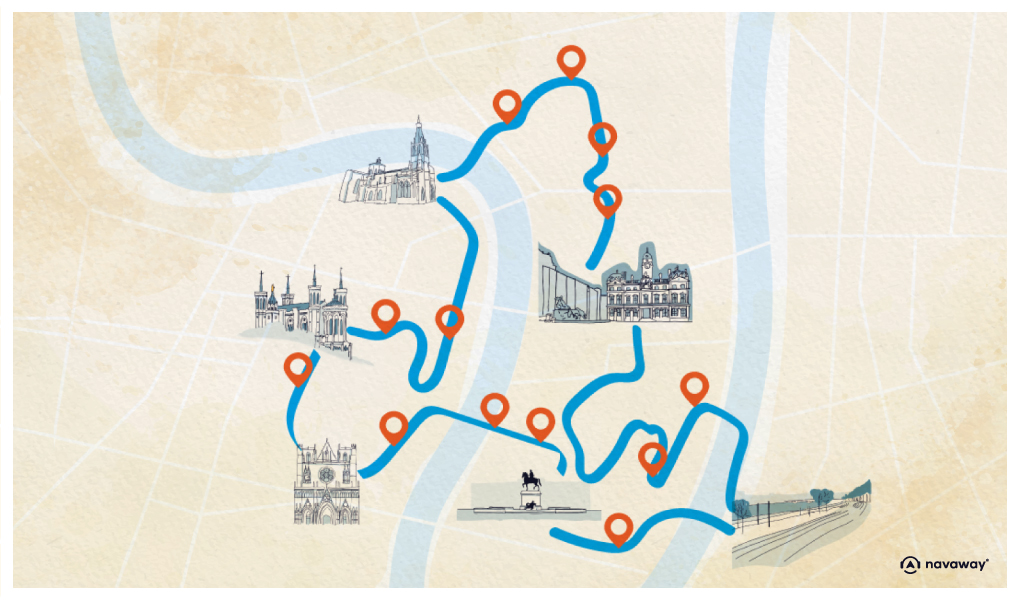
Basilica of Fourvière
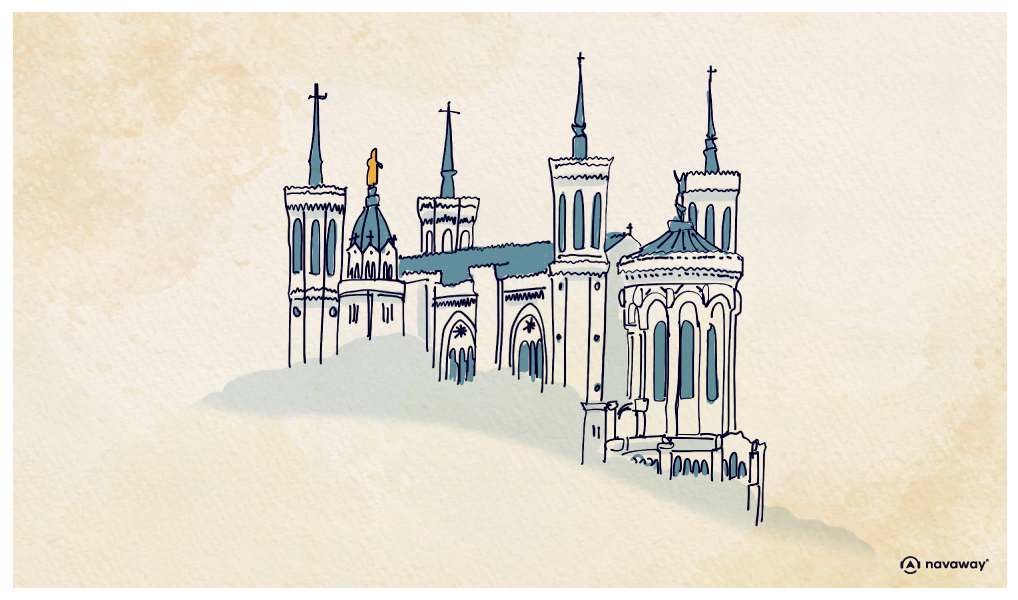
This point of interest is available as audio on the tour: Visit Lyon, The City of two hills
The Basilique de Fourvière, a UNESCO World Heritage site and the city’s most emblematic monument, is sure to surprise you. Its distinctive architecture is a blend of Byzantine, Gothic and Romanesque inspirations as it it underwent a great number of modifications throughout its existance. Several legends are said to have inspired the construction of the impressive building standing before you today. In the 12th century, a simple chapel was built on the Fourvière hill. In the 17th century, Lyon was threatened by the arrival of the plague. To protect themselves, the aldermen made the promise to climb up to Fourvière every year if the epidemic stopped. Their wish was granted, as the epidemic never reached the city. In 1830, the chapel’s bell tower collapsed but was promptly reconstructed and topped with the Golden Virgin that is visible throughout the city to this day.This bronze statue, weighing over three tonnes, was the inspiration behind Lyon’s famous Festival of Lights. An inauguration ceremony was to be held on the 8th of December 1852, however, a violent storm hit the city, forcing the authorities to postpone it. But the people of Lyon, eager to celebrate and pay tribute to this emblematic statue, decided to light candles on their houses, illuminating the entire city as night fell. The Festival of Lights was born. It is celebrated every year on the same date, with illuminations installed on every major monument of the city. An event not to be missed if you ever get the chance to visit Lyon begining of December! But let’s get back to the history of this majestic church. In the years following the statue’s inauguration, it became a popular place for pilgrims, and the construction of a new, larger building became imperative. The Archbishop expressed his wish for a new sanctuary dedicated to the Virgin Mary, should the Prussian armies spare the city during the war. And, once again, his wish was granted! The first stone of the basilica was laid in 1872, based on plans by the architect Pierre Bossan. Drawing inspiration from the Cathedral of Palermo in Sicily he imparts a Byzantine style to it. Twenty-four years later, the impressive Basilica of Fourvière is completed, except for its interior decorations, which will only be finished after the Second World War.The four towers of this truly grand building represent the cardinal virtues: Strength, Justice, Prudence and Temperance. It is thanks to them – or because of them – that the people of Lyon nicknamed the basilica the “Upside-Down Elephant”! Sublime, spectacular, unique… numerous are the praising adjectives for this basilica, perched on its eponymous hill, and true landmark of the city of Lyon.

Discover other tours to visit Lyon

Discover Lyon with app
An interactive guide through the most beautiful streets, squares, and districts
26 fun audioguides full of historical facts, anecdotes, and legends
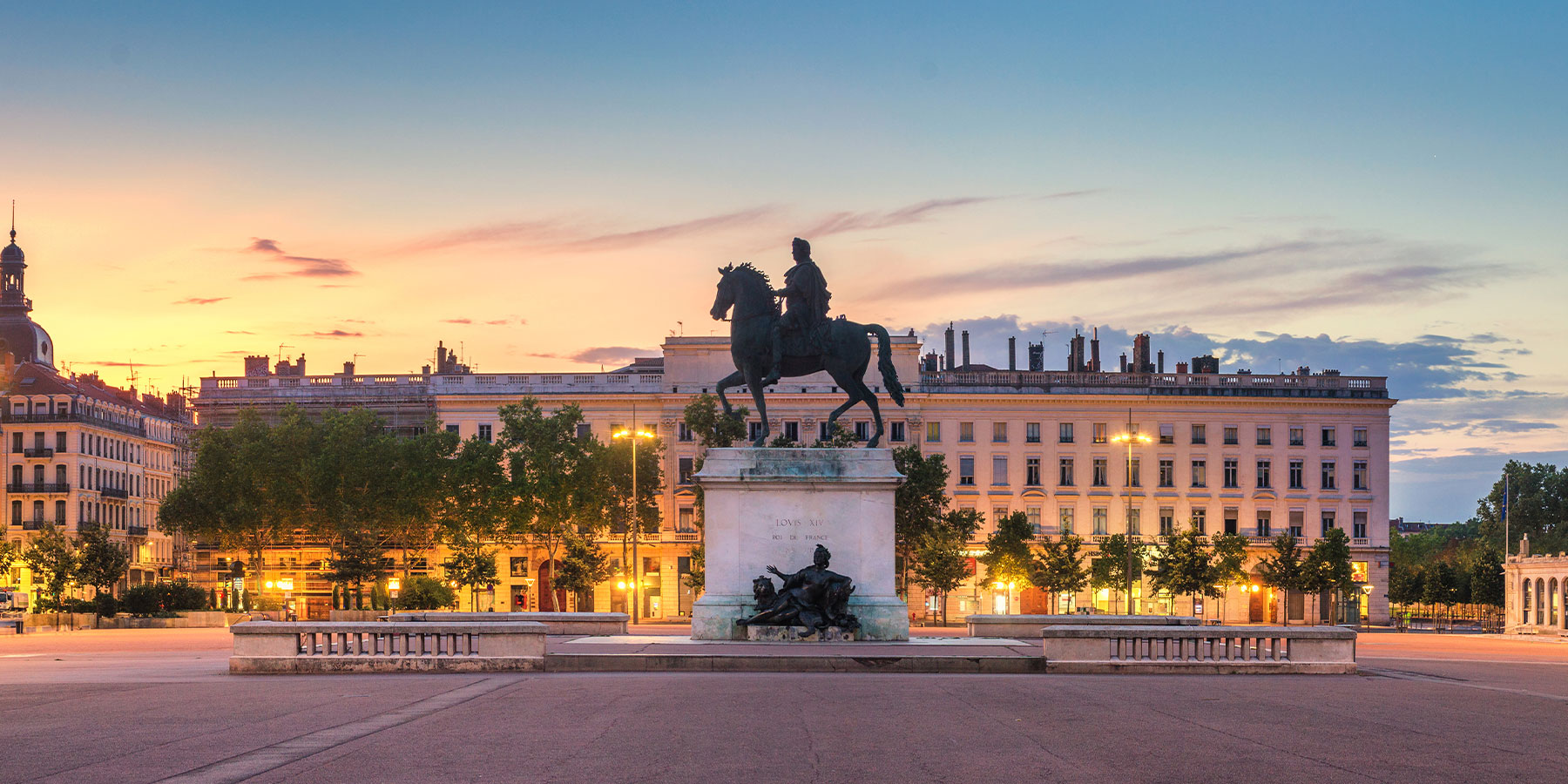
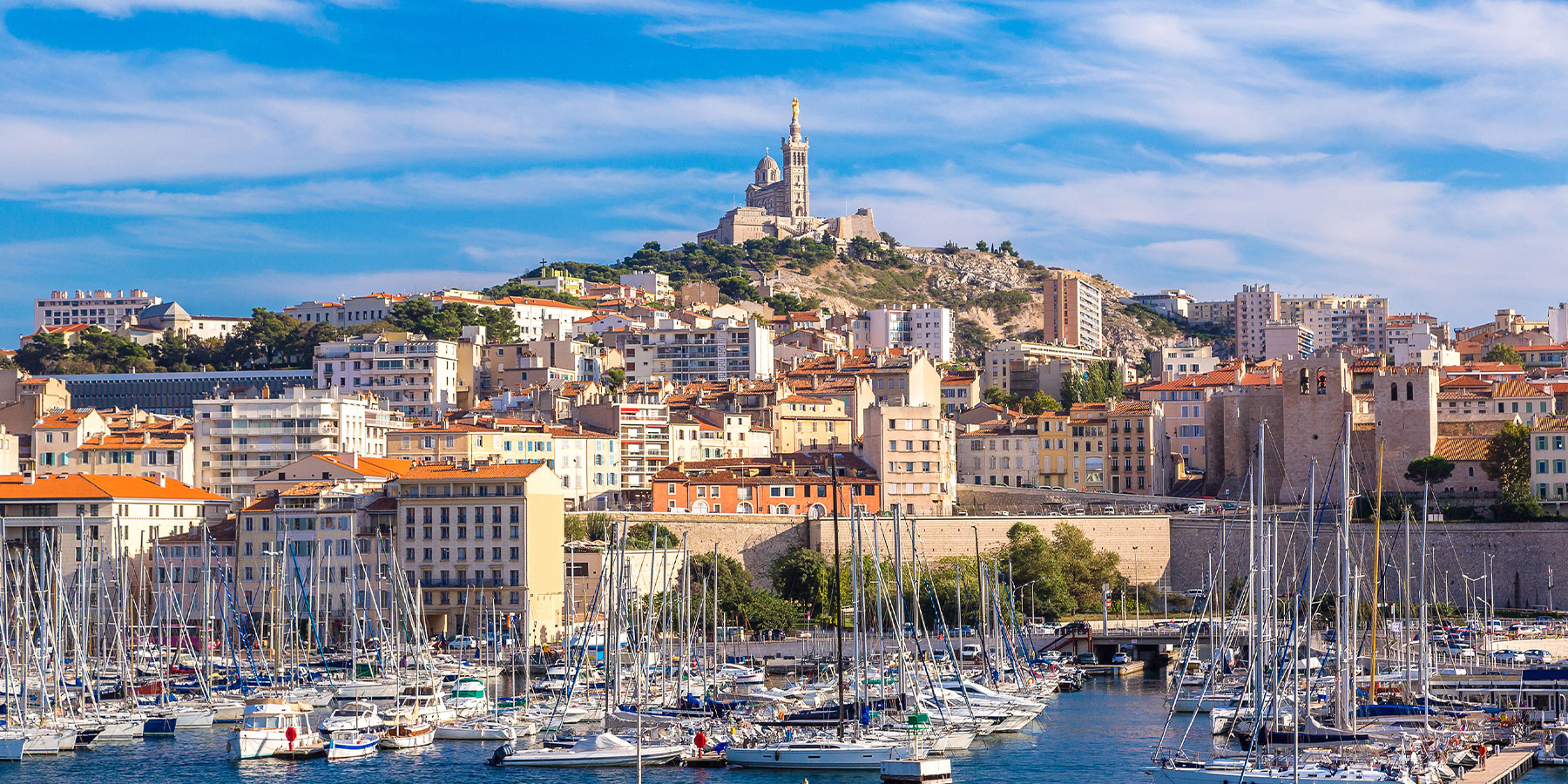
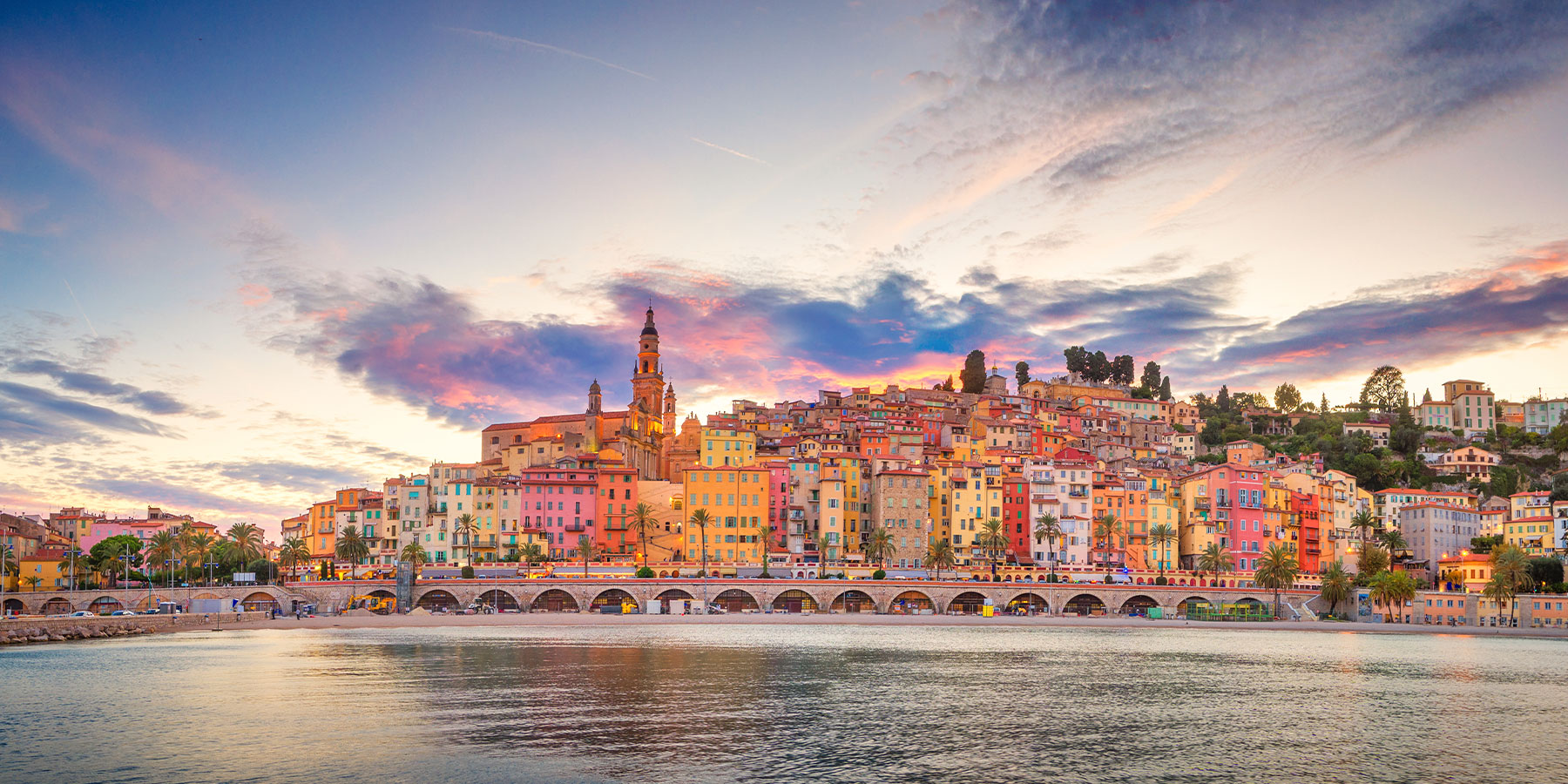
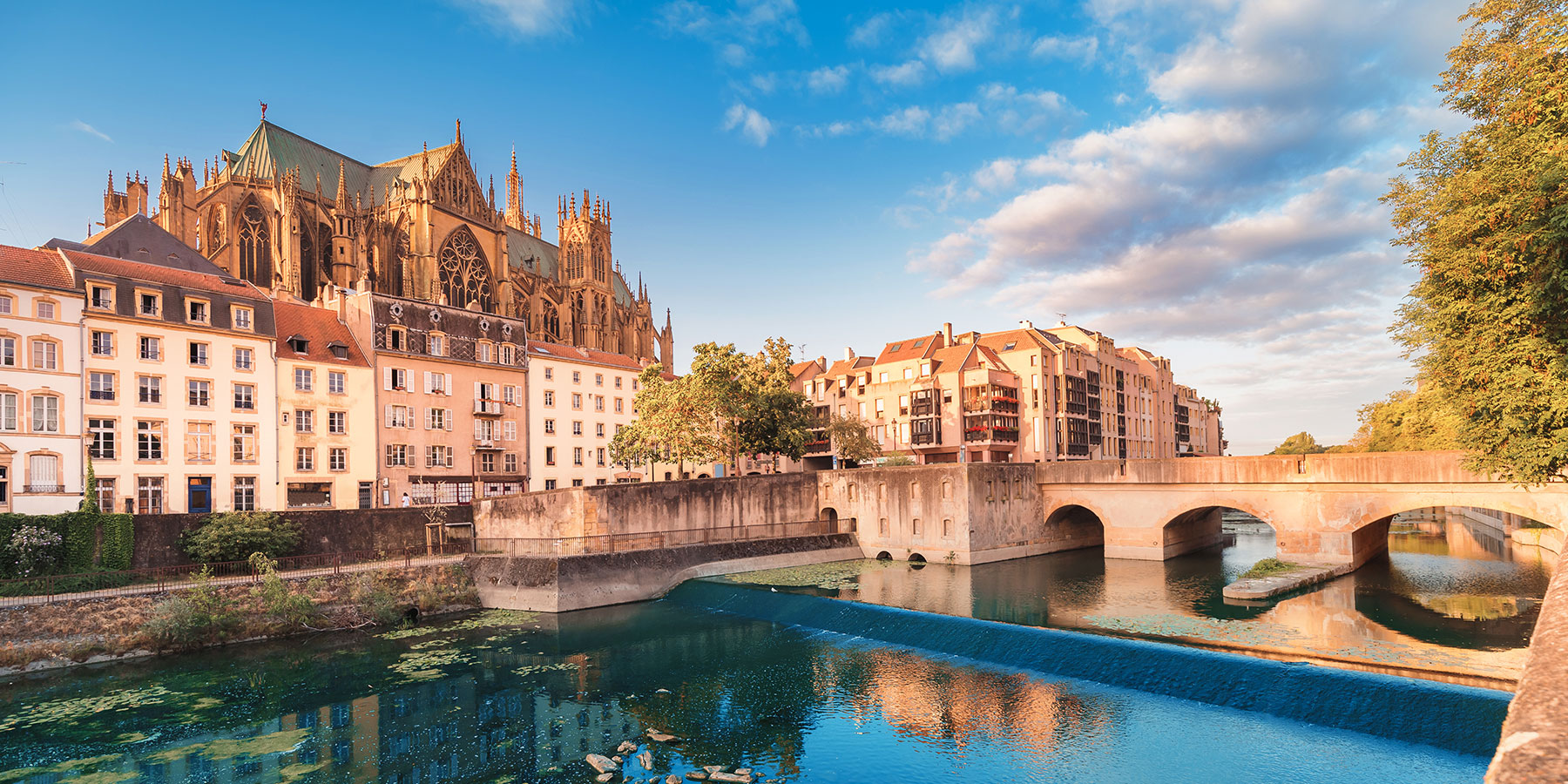


Comments